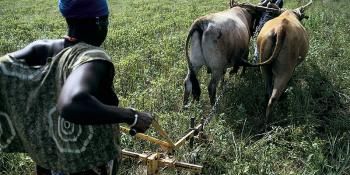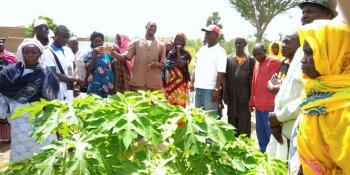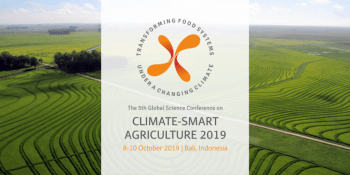Steadying the aim for crop breeders using target population environments
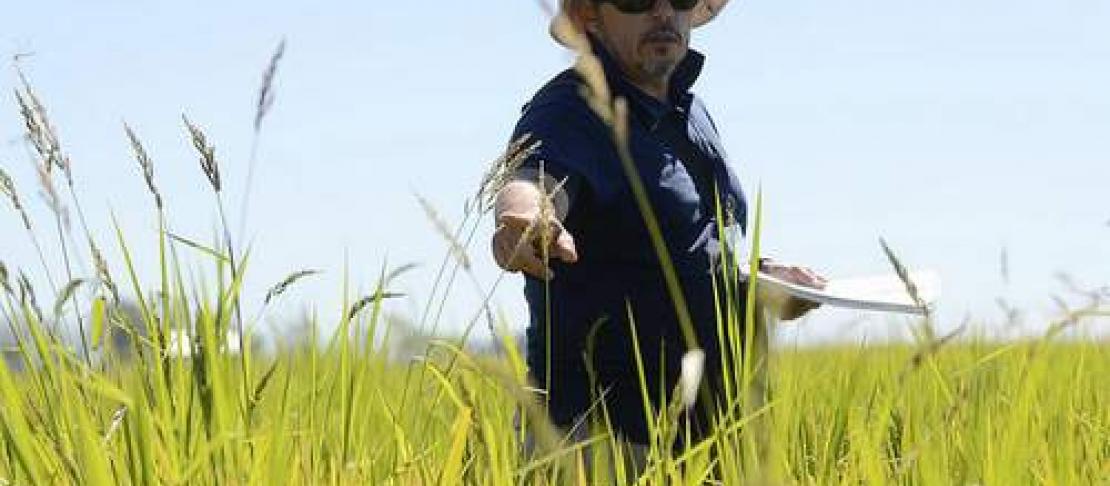
At times crop breeding can feel like steering a rudderless ship.
There’s no such thing as a compass for climate change, for starters, and it’s hard to say whether crop varieties currently in development will still be adequate for conditions on the ground 10 years from now. So what do breeders have to aim at, exactly?
For most crop breeding programs, the customary answer to that question has always been the same: cultivars with a) improved potential production, b) resistance to pests, or c) resistance to diseases.
These traits are certainly ones to be looking for in the crop varieties of the future; they are no-regrets options that offer benefits regardless of the turns the climate might take.
Learn more: Have no regret, adapt to climate change today
But in focusing only on these goals crop breeders may be missing a bigger part of the picture, and possibly risking time and big investments on cultivars that won’t work in specific environmental conditions or under certain land management scenarios.
Research from the International Center for Tropical Agriculture (CIAT), the CGIAR Research Program on Climate Change, Agriculture and Food Security (CCAFS) and the Brazilian Agricultural Research Corporation’s (EMBRAPA) Rice and Beans Program is looking at ways to optimize breeding programs and multiple-trial cultivar experiments and minimize complex environmental interactions by targeting the environment first, then looking for crop traits that suit it.
Narrowing the field
Breeding for climate change using this method, called target population environments (TPEs), involves analyzing a variety of conditions – climate, soils, management practices – and clustering them into unique environment groups. Breeding strategies can then be tailored to the conditions in each environment rather than relying on broad and often contradictory parameters.
EMBRAPA Rice and Beans researcher Alexandre Heinemann reported on progress in TPEs during his recent visit to CIAT this August.
Heinemann explained that the CIAT-EMBRAPA team has characterized three principle environments in the upland rice-growing regions of West-Central and North Brazil, as well as the yield trends for the crop in each environment.
The preliminary results are expected to lend considerable insight into where and how to target breeding programs and multi-trial experiments for genetic improvement of upland rice, hopefully securing the livelihoods of farmers – the majority smallholders – that depend on the crop for their income.
“Recommendations to breeders are often made for individual federal states,” says Heinemann, “but those recommendations could be quite different to the ones made for environment groups. By looking at environment groups instead of arbitrary borders we are minimizing a lot of complex interactions in cultivar trials.”
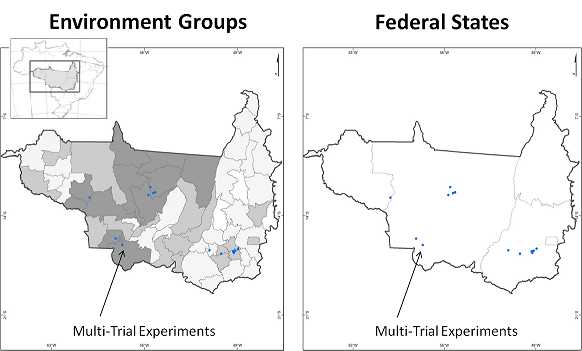
The borders of environment groups often differ greatly from federal state borders, with implications for the location of multi-site cultivar trials.
The good, the bad, and the priority
Using historical yield and climate data as inputs for the rice crop model ORYZA 2000 Heinemann and team members were also able to detect robust trends in yield changes for each environment group.
Most important, they found, is that:
“The environment most affected by climatic changes – shorter growing seasons, less rainfall, higher temperatures – is actually the best environment for growing upland rice.” Unfortunately, that environment is also the smallest, occupying only 20% of the region’s total area and shrinking fast.
The second most productive environment, on the other hand, occupies quite a large area and is less affected by changes in the climate.
“That second-best environment is our target now,” says Heinemann. “Although we’re going to want to improve productivity for the first environment, it’s area is decreasing dramatically. We are going to have to look at breeding options for the second environment to make up for that decrease.”
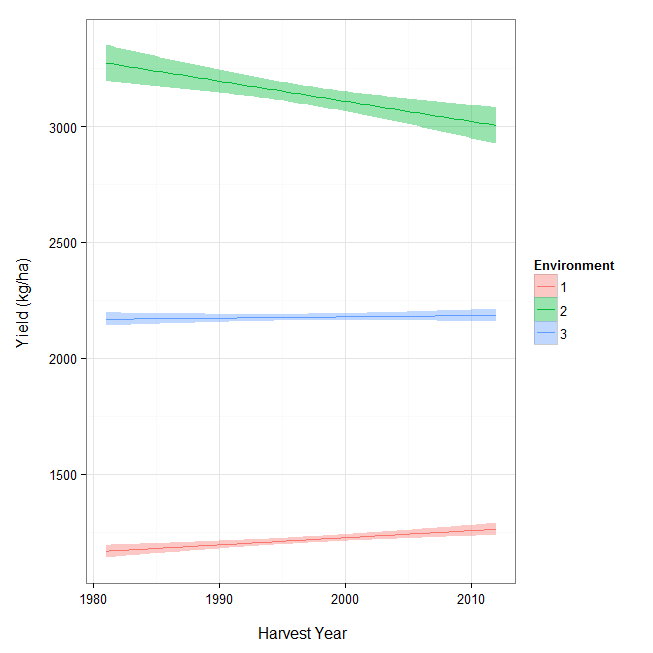
The Most productive of the upland rice growing environments in brazil (green line) is also the one expected to experience the greatest impacts from climate change, according to preliminary results from work on target population environments.
With the crosshairs firmly positioned on a specific set of environmental conditions, breeders can have a good idea of what traits to look for in upland rice cultivars, in addition to the locations that would be most representative for testing them. That’s the kind of optimization that Heinemann and his team are looking for, and it looks like the way forward for other crops, too.
The TPE methodology has the potential to be applied to wide range of crops and regions.
“Our goal for the future is to develop an online tool that can define environment groups for a variety of important crops all over the world,” says Heinemann. The tool would involve collaboration across borders, allowing researchers and agriculturalists with similar target environments to join forces and pool their knowledge.
The benefit for crop breeders – and subsequently, for farmers as well – is simple: a strategy, a plan of action, and a steady target to aim for when determining how to breed for a changing climate.
Read more about CCAFS work in target population environments on the CIAT-DAPA blog.
Related from our blog:
- Plant breeders respond to climate-related stresses in multiple ways
- Spotlight on policy challenges for plant breeders
Caity Peterson is a visiting researcher and science writer based at the Center for International Tropical Agriculture (CIAT) in Cali, Colombia, working on CCAFS Theme 1: Adaptation to Progressive Climate Change.

